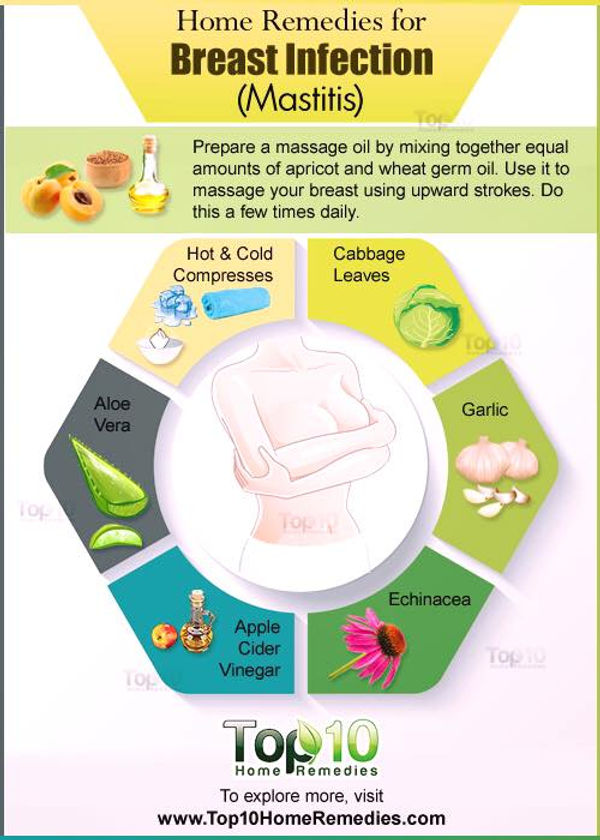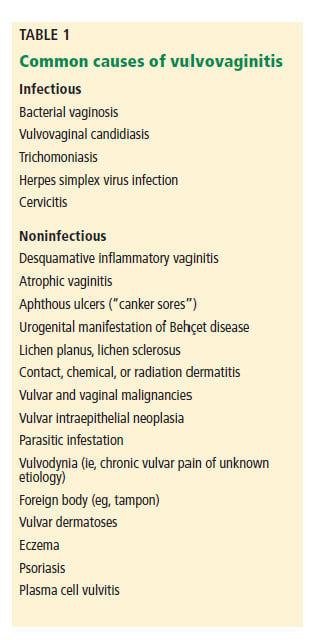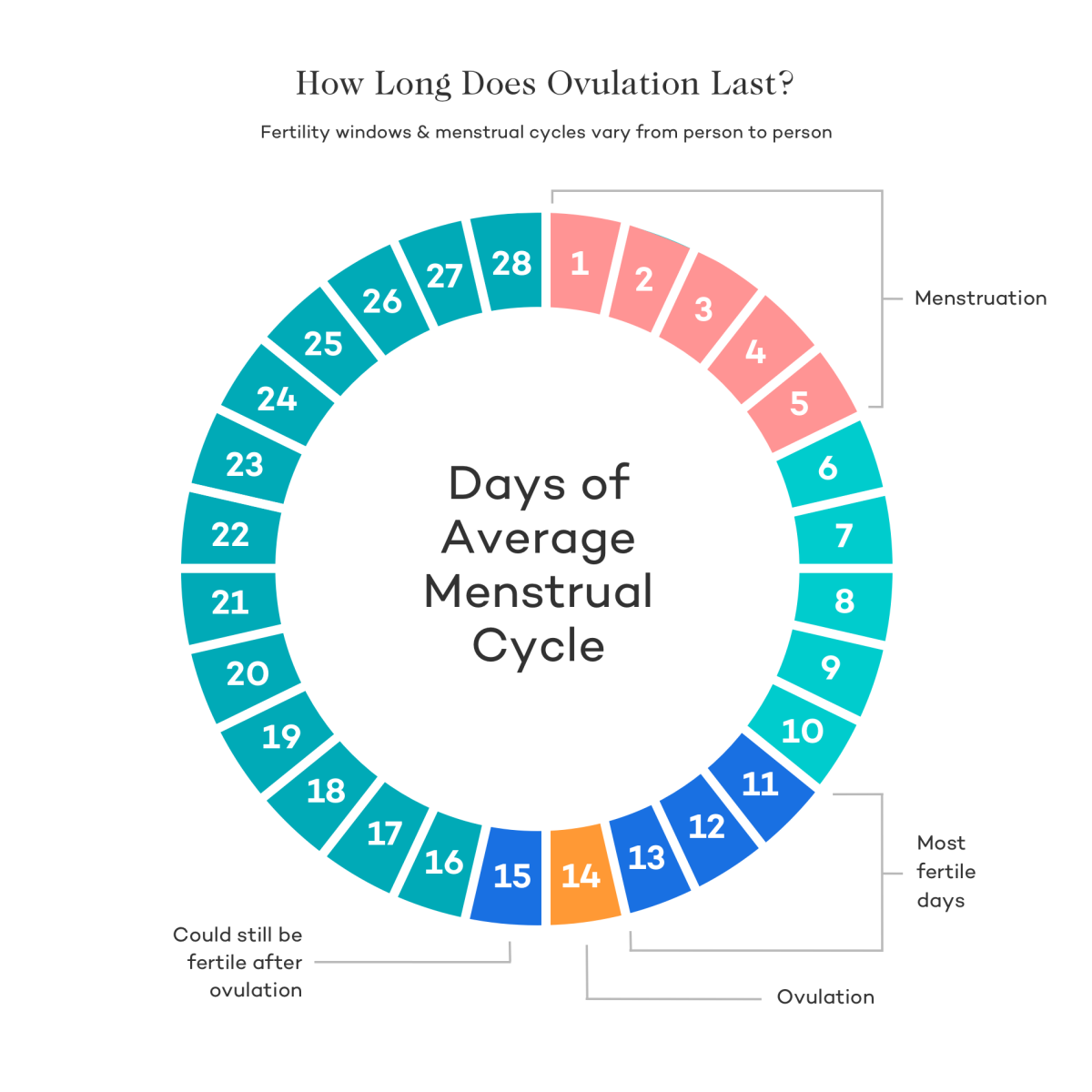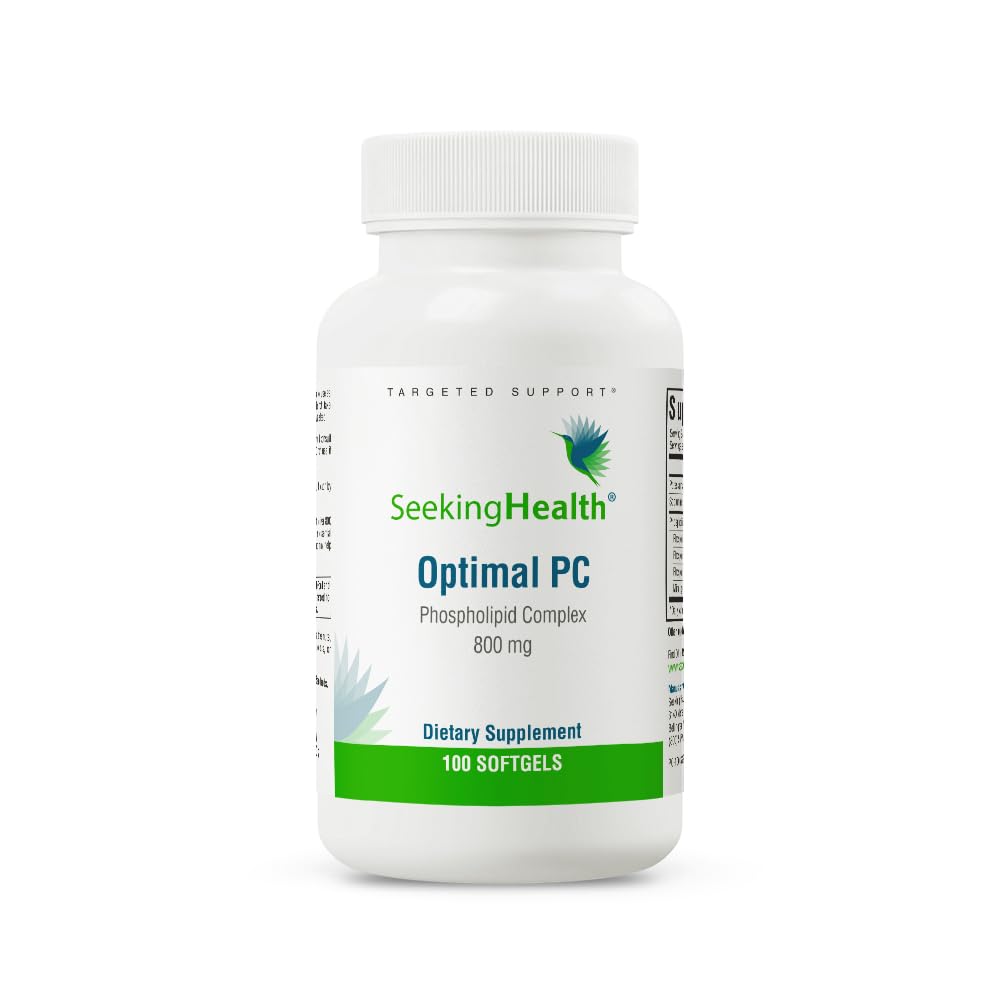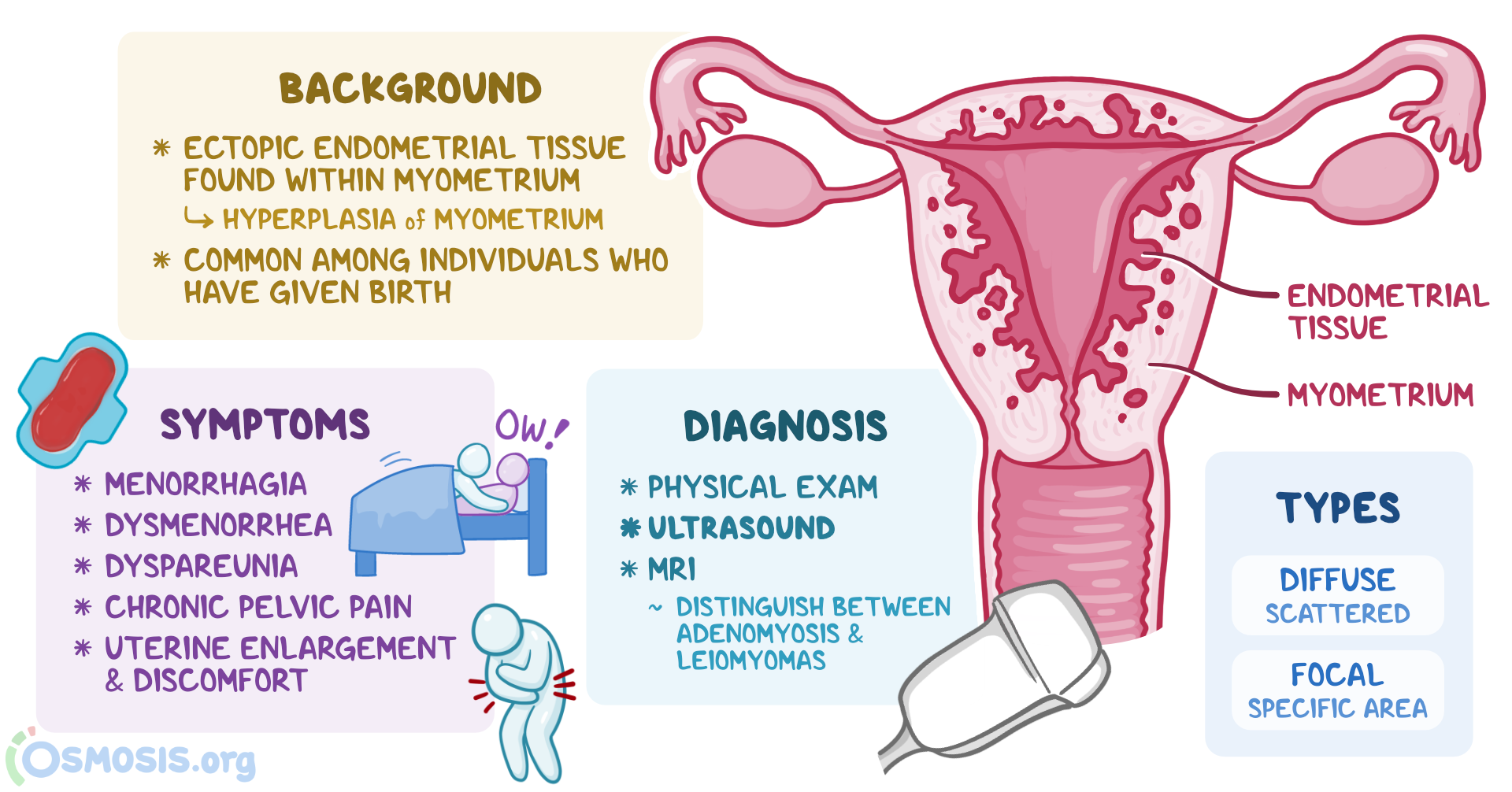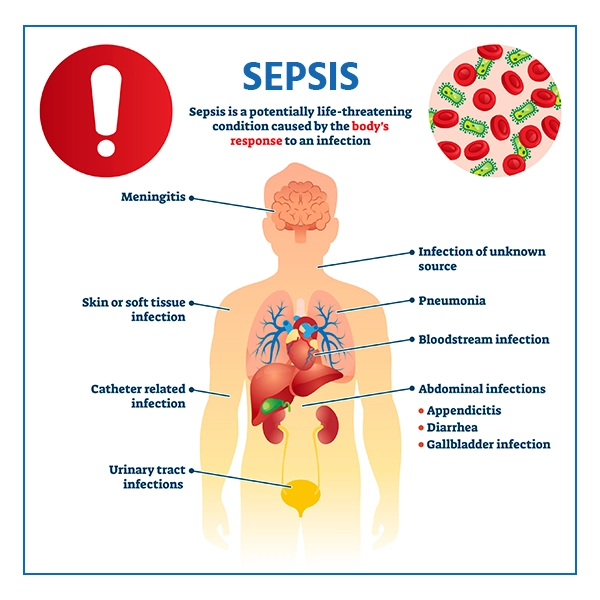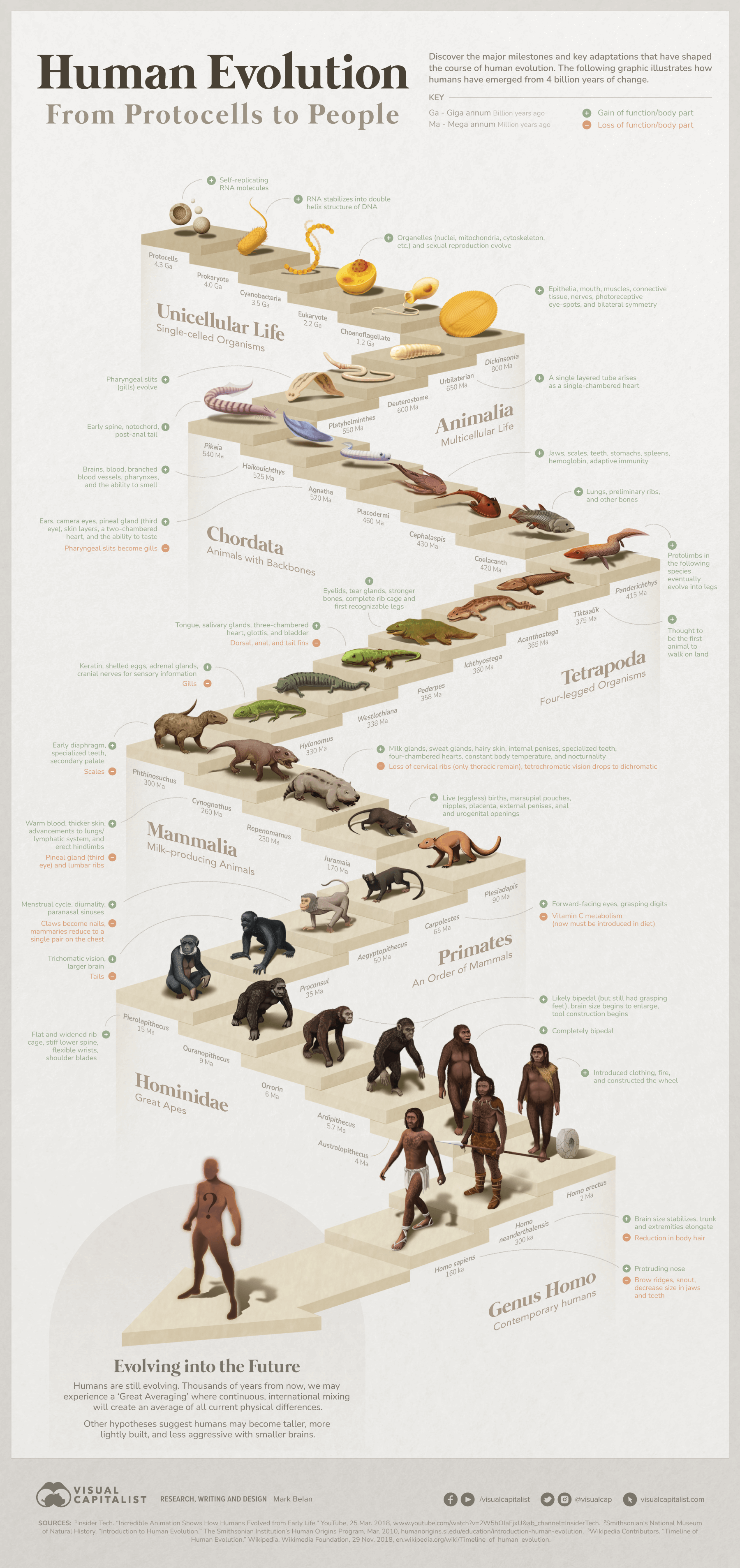– Adenocarcinoma is a subtype of carcinoma, the most common type of cancer.
– It develops in organs or other internal structures.
– Adenocarcinomas overtake healthy tissue inside an organ and may spread to other parts of the body.
– Risk factors for adenocarcinoma vary depending on the specific cancer type.
– Smoking is a risk factor that applies to all adenocarcinomas.
– Lung adenocarcinoma is the primary cause of death from cancer in the US and smoking is the biggest risk factor.
– Other risk factors for lung adenocarcinoma include exposure to secondhand smoke, air pollution, and family history.
– Prostate adenocarcinoma risk increases with age, particularly after age 50, and men of African ancestry are at higher risk. Family history and genetic mutations are also associated risk factors.
– Pancreatic adenocarcinoma risk increases with age, with most cases found in patients older than 65. Men, African-Americans, and those with family history or genetic mutations for chronic pancreatitis are at higher risk.
– Esophageal adenocarcinoma is more common in men and risk increases with age.
– Common risk factors for esophageal adenocarcinoma include diet high in processed meat, frequent drinking of extremely hot liquids, tobacco use, alcohol use, obesity, family history, history of lung, mouth or throat cancer, HPV infection, injury to the esophagus, GERD, Barrett’s esophagus, achalasia, tylosis, and Plummer-Vinson syndrome.
– Colorectal adenocarcinoma risk factors include age, gender, family history, diet low in fiber and high in fat and processed meats, physical inactivity, obesity, alcohol use, tobacco use, and inflammatory bowel disease.
– Breast adenocarcinoma risk factors include family history of the disease, inherited genetic mutations (such as BRCA1 and BRCA2), age, early menstruation, menopause after age 55, dense breast tissue, history of breast or ovarian cancer, prior radiation treatment to the chest area, alcohol use, obesity after menopause, physical inactivity, use of hormone replacement therapy or birth control, never having carried a full-term pregnancy or having the first child after age 30, not breastfeeding, and exposure to the drug diethylstilbestrol (DES).
– Gastric adenocarcinoma risk factors include age, long-term Helicobacter pylori (H. pylori) infection, excess weight or obesity, diet high in processed meat, alcohol and tobacco use, previous stomach surgeries, stomach polyps known as adenomas, Menetrier disease, type A blood, common variable immune deficiency (CVID), previous Epstein-Barr virus infection, and inherited conditions such as hereditary diffuse gastric cancer (HDGC), hereditary non-polyposis colorectal cancer (HNPCC; Lynch syndrome), familial adenomatous polyposis (FAP), gastric adenoma and proximal polyposis of the stomach (GAPPS), Li-Fraumeni syndrome (LFS), and Peutz-Jeghers syndrome (PJS).
Symptoms and Diagnosis:
– Symptoms of adenocarcinoma in various organs include fatigue, cough, bloody sputum, shortness of breath, hoarseness, loss of appetite, weight loss, weakness, chest pain, frequent urination, difficulty emptying the bladder, weak urine flow, blood in the urine, erectile dysfunction, painful or burning urination, jaundice, dark urine, light or greasy stools, itchiness, abdominal or back pain, nausea, vomiting, enlarged liver or gallbladder, blood clots, difficulty swallowing, chest pressure, heartburn, vomiting, coughing, pain behind the breastbone or in throat, changes in bowel habits, rectal bleeding, abdominal pain or cramping, lump in the breast or under the armpit, breast swelling, skin irritation or dimpling, nipple discharge, changes in breast size or shape, diminished appetite, weight loss, abdominal pain or discomfort, heartburn, nausea, vomiting (possibly with blood), abdominal bloating, bloody stool, anemia,
Continue Reading
